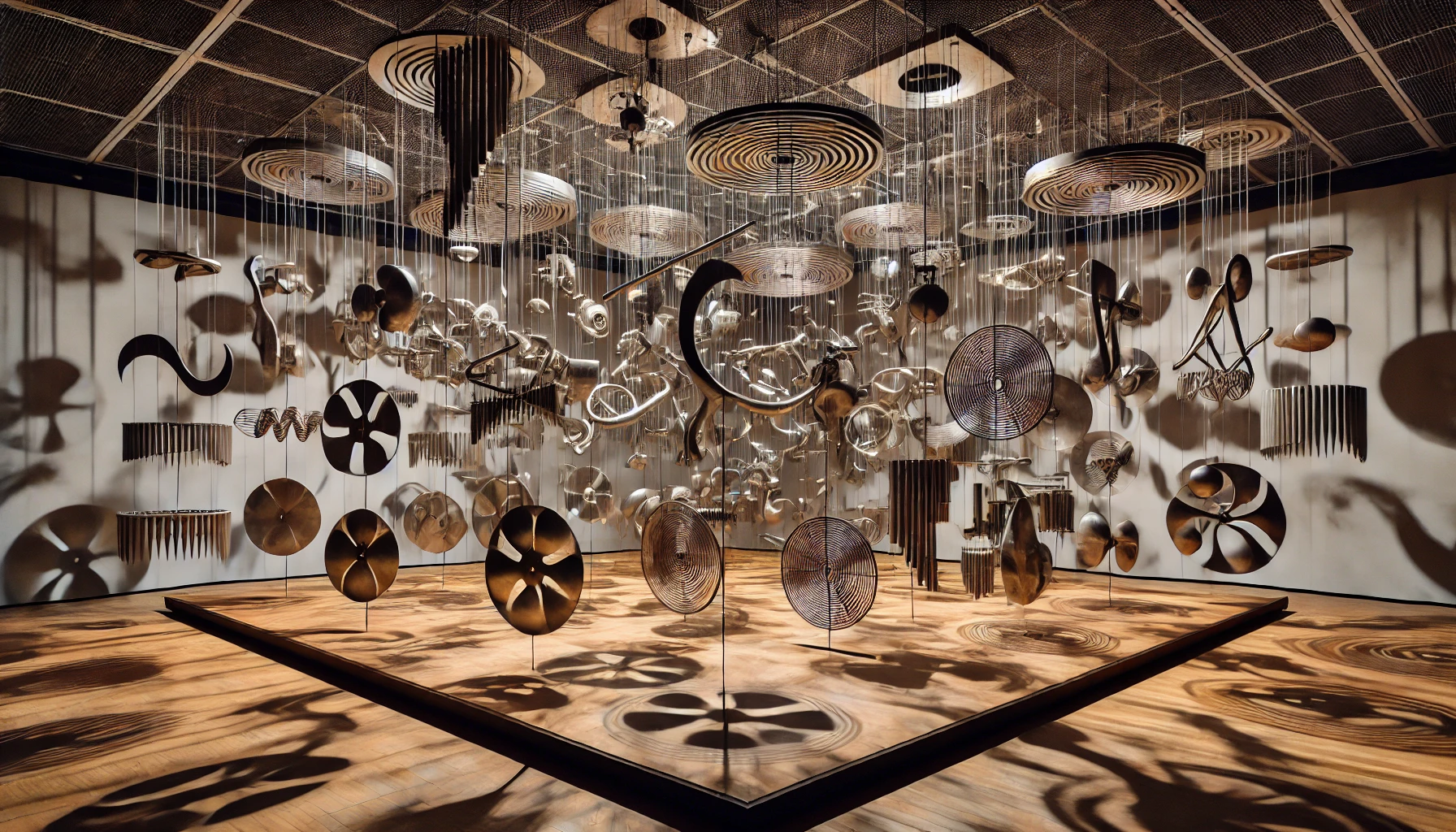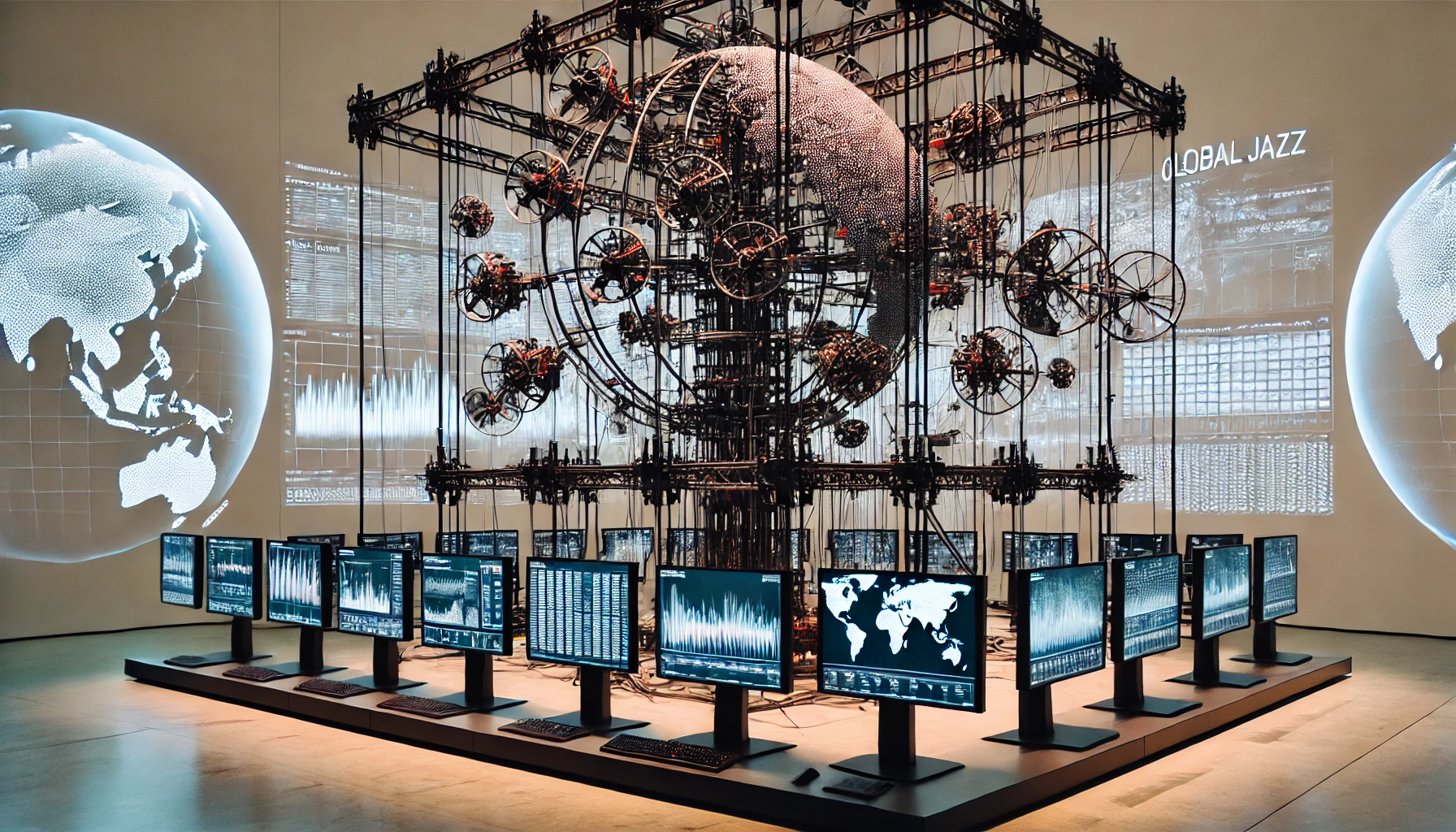Jasper Hawkins, known professionally as "Jazz" Hawkins, was an African-American artist renowned for his innovative approach to sculpture and installation art. Hawkins gained prominence in the 1960s for his work combining elements of jazz music, African art, and industrial materials. He is considered a pivotal figure in the development of kinetic sculpture and sound art.
Born in 1930 in New Orleans, Louisiana, Hawkins grew up immersed in the city's rich jazz culture. His father was a jazz trumpeter, and young Jasper often accompanied him to gigs, developing a deep appreciation for the improvisational nature of the music.
Hawkins studied art at Dillard University from 1948 to 1952. After graduating, he served in the U.S. Army (1952-1954), where he was stationed in Germany. This experience exposed him to European avant-garde art movements and sparked his interest in kinetic art.
Upon returning to the United States in 1954, Hawkins moved to New York City. His early works were primarily abstract paintings influenced by jazz rhythms and improvisational techniques. However, he soon began experimenting with three-dimensional forms.
In 1957, Hawkins created his first "sound sculpture," titled "Trumpet in Motion," which combined welded metal with parts from a dismantled trumpet. This piece marked the beginning of his signature style.
Trumpet in Motion (1957) by Jasper Hawkins
Hawkins' major breakthrough came with his 1962 exhibition "Jazz in Steel" at the Whitney Museum of American Art. The show featured large-scale kinetic sculptures that moved in response to sound, creating a multi-sensory experience that critics described as "jazz made visible."
His most famous work from this period, "Coltrane's Ascension" (1965), was a room-sized installation of rotating metal shapes that created ever-changing shadows and sounds, inspired by John Coltrane's avant-garde jazz.

Coltrane's Ascension (1965) by Jasper Hawkins
In the 1970s, Hawkins began creating large-scale public artworks. His piece "Urban Rhythms" (1974), installed in Chicago's Grant Park, became a landmark of public art that combined sculpture with interactive sound elements.
During this period, Hawkins also started incorporating more explicit social and political themes into his work. His series "Echoes of Birmingham" (1977-1980) used twisted metal and recorded sounds to evoke the violence of the civil rights era.
In his later years, Hawkins embraced digital technology, creating computer-controlled kinetic sculptures that responded to real-time data inputs. His final major work, "Global Jazz" (2010), was an internet-connected installation that translated worldwide online activity into motion and sound.

Global Jazz (2010) by Jasper Hawkins